Wake up and smell the cortex.
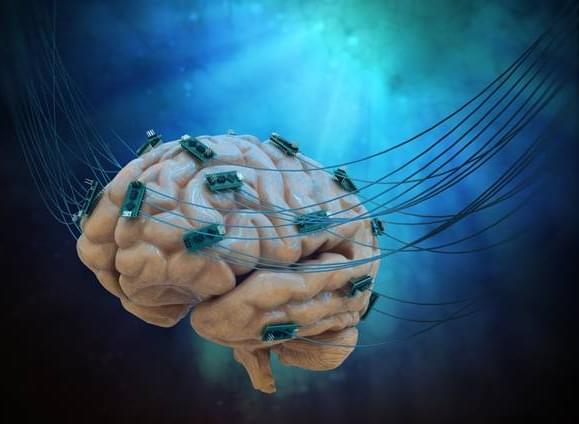

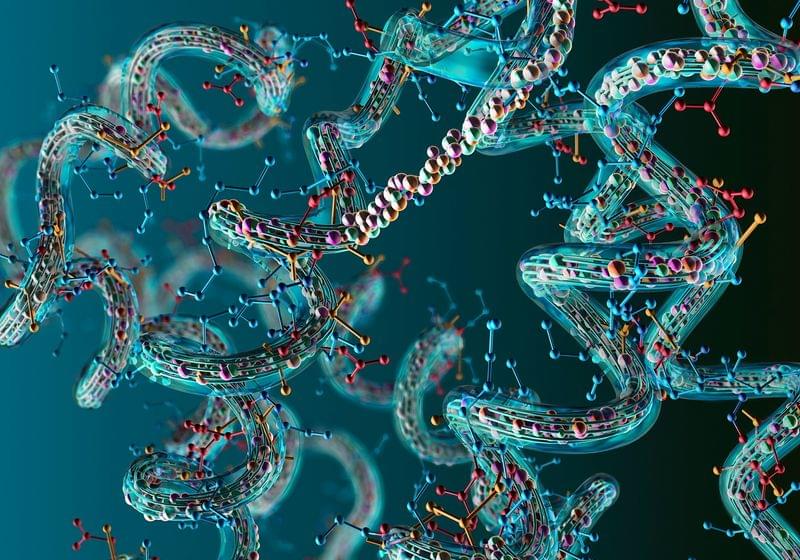
ABOVE: © ISTOCK.COM, CHRISTOPH BURGSTEDT
Artificial intelligence algorithms have had a meteoric impact on protein structure, such as when DeepMind’s AlphaFold2 predicted the structures of 200 million proteins. Now, David Baker and his team of biochemists at the University of Washington have taken protein-folding AI a step further. In a Nature publication from February 22, they outlined how they used AI to design tailor-made, functional proteins that they could synthesize and produce in live cells, creating new opportunities for protein engineering. Ali Madani, founder and CEO of Profluent, a company that uses other AI technology to design proteins, says this study “went the distance” in protein design and remarks that we’re now witnessing “the burgeoning of a new field.”
Proteins are made up of different combinations of amino acids linked together in folded chains, producing a boundless variety of 3D shapes. Predicting a protein’s 3D structure based on its sequence alone is an impossible task for the human mind, owing to numerous factors that govern protein folding, such as the sequence and length of the biomolecule’s amino acids, how it interacts with other molecules, and the sugars added to its surface. Instead, scientists have determined protein structure for decades using experimental techniques such as X-ray crystallography, which can resolve protein folds in atomic detail by diffracting X-rays through crystallized protein. But such methods are expensive, time-consuming, and depend on skillful execution. Still, scientists using these techniques have managed to resolve thousands of protein structures, creating a wealth of data that could then be used to train AI algorithms to determine the structures of other proteins. DeepMind famously demonstrated that machine learning could predict a protein’s structure from its amino acid sequence with the AlphaFold system and then improved its accuracy by training AlphaFold2 on 170,000 protein structures.

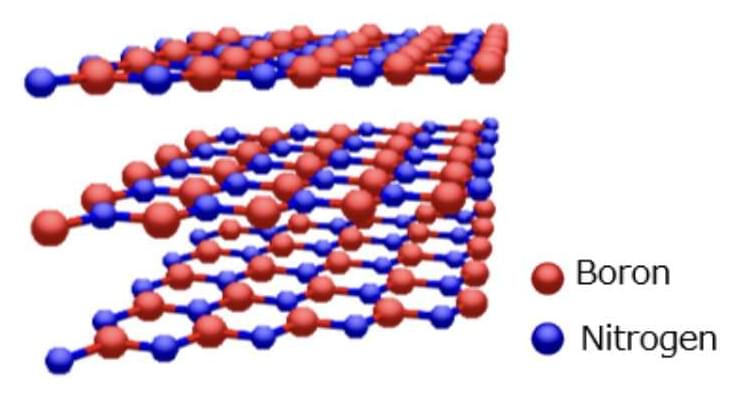
Researchers at Kyushu University, the National Institute of Advanced Industrial Science and Technology (AIST) and Osaka University in Japan have recently introduced a new strategy for synthesizing multi-layer hexagonal boron nitride (hBN), a material that could be used to integrate different 2D materials in electronic devices, while preserving their unique properties. Their proposed approach, outlined in a paper published in Nature Electronics, could facilitate the fabrication of new highly performing graphene-based devices.
“The atomically flat 2D insulator hBN is a key material for the integration of 2D materials into electronic devices,” Hiroki Ago, one of the researchers who carried out the study, told Tech Xplore. “For example, the highest carrier mobility in monolayer graphene is achieved only when it is sandwiched by multilayer hBN. Superconductivity observed in twisted bilayer graphene also needs multilayer hBN to isolate from environment.”
In addition to its value for fabricating graphene-based devices, hBN can also be used to integrate transition metal dichalcogenides (TMDs) in devices, achieving strong photoluminescence and high carrier mobility. It can also be valuable for conducting studies focusing on moiré physics.
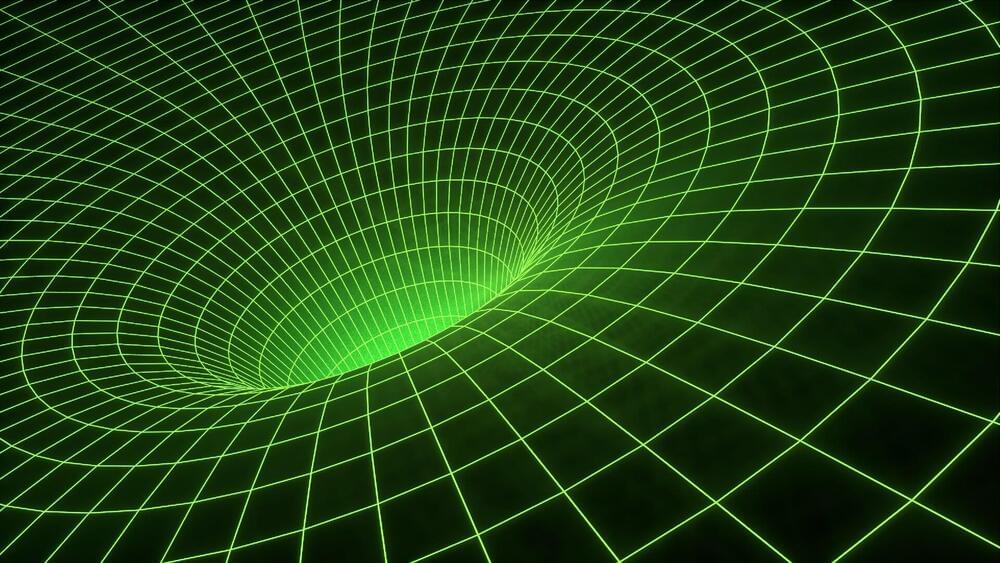
How long is the present? The answer, Cornell researchers suggest in a new study, depends on your heart.
They found that our momentary perception of time is not continuous but may stretch or shrink with each heartbeat.
The research builds evidence that the heart is one of the brain’s important timekeepers and plays a fundamental role in our sense of time passing—an idea contemplated since ancient times, said Adam K. Anderson, professor in the Department of Psychology and in the College of Human Ecology (CHE).
The soot produced by unburnt hydrocarbon flames is the second largest contributor to global warming, while also harming human health. Researchers have developed state-of-the-art, high-speed imaging techniques to study turbulent flames, yet they are limited to an imaging rate of million-frames-per-second. Physicists are therefore keen to obtain a complete picture of flame-laser interactions via single-pulse imaging.
In a new report published in Light: Science & Applications, Yogeshwar Nath Mishra and a research team at the Caltech Optical Imaging Laboratory, the NASA Jet propulsion lab, department of physics, and the Institute of Engineering Thermodynamics in the U.S., and Germany, used single-shot laser-sheet comprised ultrafast photography per billion frames per second, for the first time, to observe the dynamics of laser-flames.
The team noted laser-induced incandescence, elastic light scattering and the fluorescence of soot precursors such as polycyclic aromatic hydrocarbons in real-time, with a single nanosecond laser pulse. The research outcomes provide strong experimental evidence to support soot inception and growth mechanisms in flames. Mishra and the team combined a variety of techniques to probe the short-lived species in turbulent environments to unravel the mysteries of hot plasma, nuclear fusion and sonoluminescence.

How far away are we from AGI? Does OpenAI have the right approach? Leave a comment below with what you think!
00:00 Intro.
00:42 What is AGI?
01:08 OpenAI’s Origin Story.
02:25 Enter GPT and Dall-E
03:15 OpenAI’s Roadmap.
04:33 Closing Thoughts.
Please like this video and subscribe to my channel if you want to see more videos like this!
Follow me on other platforms so you’ll never miss out on my updates!
💌 Sign up for my newsletter! https://alexchao.substack.com/subscribe.
🐦 Follow me on Twitter https://twitter.com/alexchaomander.
👥 Connect with me on LinkedIn https://www.linkedin.com/in/alexchao56/
Sources:
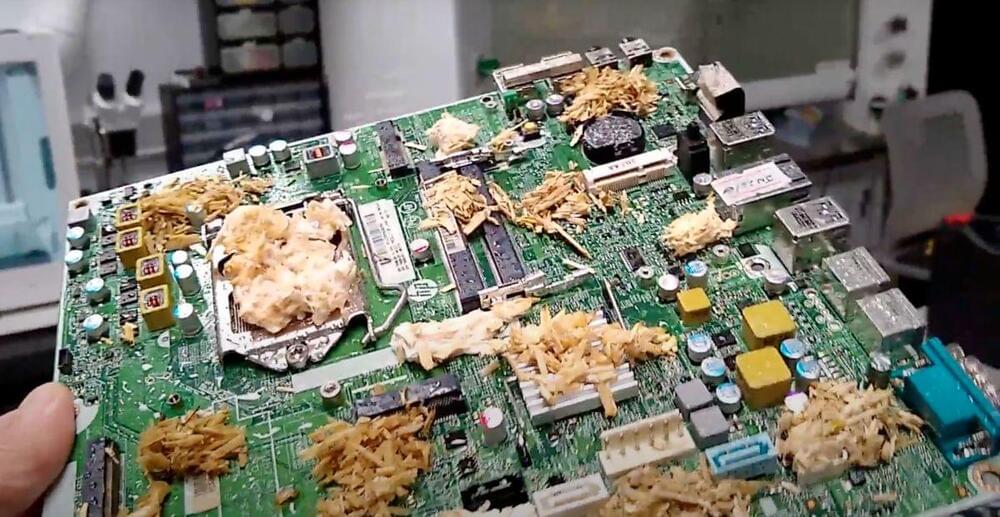
The Unconventional Computing Laboratory (UCL) from the University of the West of England (UWE Bristol) has showcased its mushroom motherboard to Popular Science (opens in new tab). As its name conveys, the lab, led by professor Andrew Adamatzk, focuses on eccentric approaches to computing, like wetware, the notion of applying the concepts of hardware and software to living creatures.
Fungi connect to a root network under the ground (sometimes called the “wood wide web”) using their mycelium, very slim hyphae that are the size of a thread. The fungal motherboard utilizes the mycelium as a conductor and a substitute for other electronic components, such as the processor or memory. In a previous study (opens in new tab), Adamatzky demonstrated that mushrooms could communicate with each through electric signals via the mycelium. The mycelium is capable of sending and receiving electrical signals and retaining memory.
🇬🇧FREE WEBINAR🇮🇹: https://draronica.com/free-webinar/
In this Ask Me Anything interview, Prof. Matt Kaeberlein discusses the evidence (and lack thereof) behind popular anti-aging supplements and interventions. Starting from his current research on rapamycin for healthy longevity in dogs (The Dog Aging Project), he describes the promises and perils of anti-aging medicine and shares with us some tips on how to become better critical thinkers and protect us from hype and snake oil.
This interview is a must watch for everyone who wants to develop a critical stance toward the field of longevity research and balance enthusiasm with evidence.
I hope you enjoy this interview!
TIMESTAMPS
00:00 Introduction.
04:33 Definitions: Aging, lifespan, healthspan.
09:08 What is biohacking.
14:56 The Dog Aging project.
19:39 Rapamycin: Longevity effects in mice.
22:28 Can rapamycin impair muscle growth? Is it in contraindicated for people who want to build muscle mass?
27:09 Exercise, inhibition of mTor, and rationale for cycling rapamycin and exercise.
29:46 Getting around the growth vs. resilience tradeoff in longevity.
32:00 Epigenetic clocks: Hope vs. hype.
32:43 Best functional markers of longevity.
36:30 Sterile inflammation, auto-immunity, and immune senescence.
40:24 The best and worst longevity supplements for Matt Kaeberlein.
45:50 What longevity hacks Matt implements in his own life.
48:00 Lucia’s and Matt’s thoughts on calorie restriction for longevity.
50:30 How can people discriminate between science and sneak oil?
🐶 The Dog Aging project: https://dogagingproject.org/